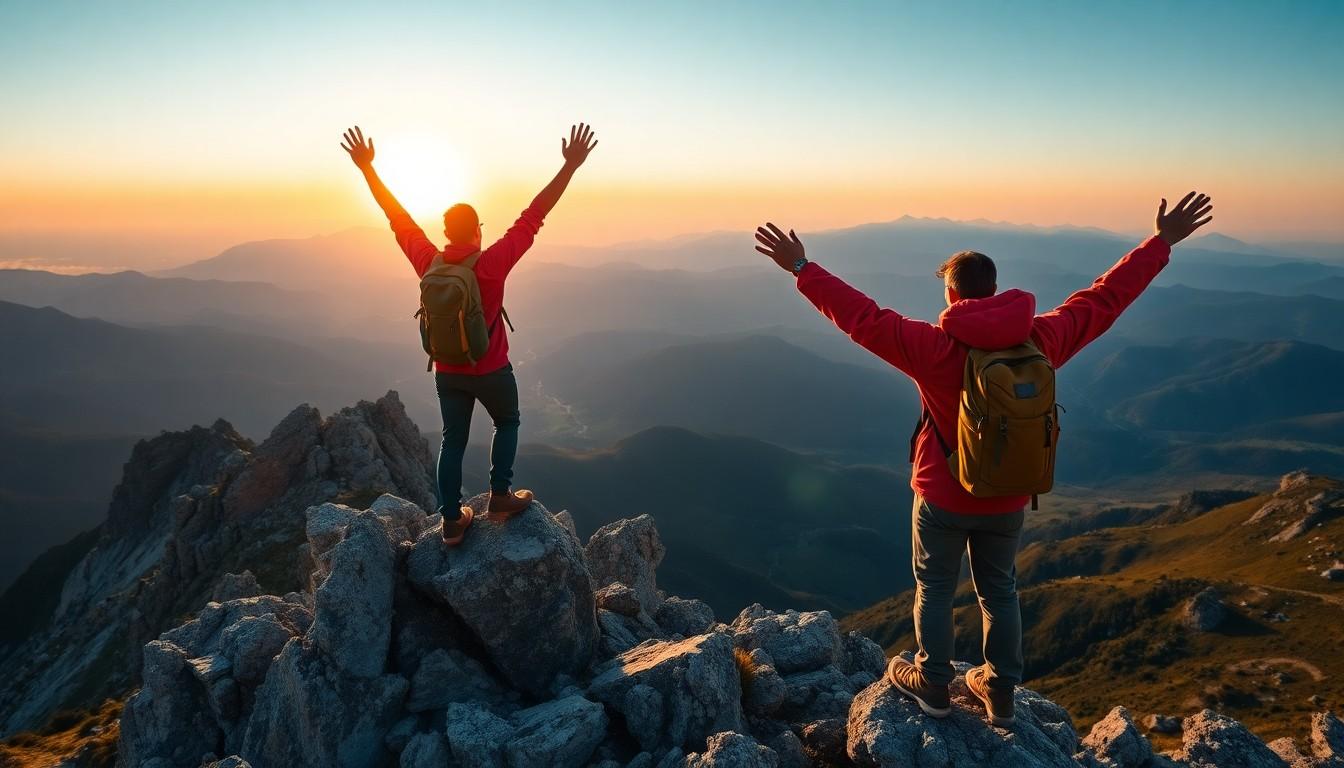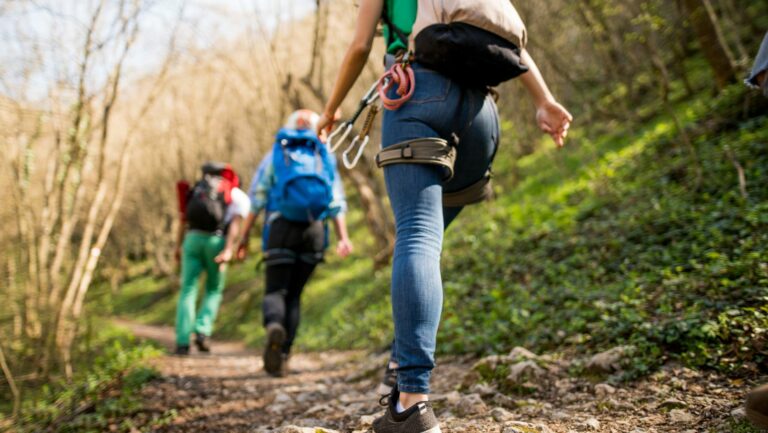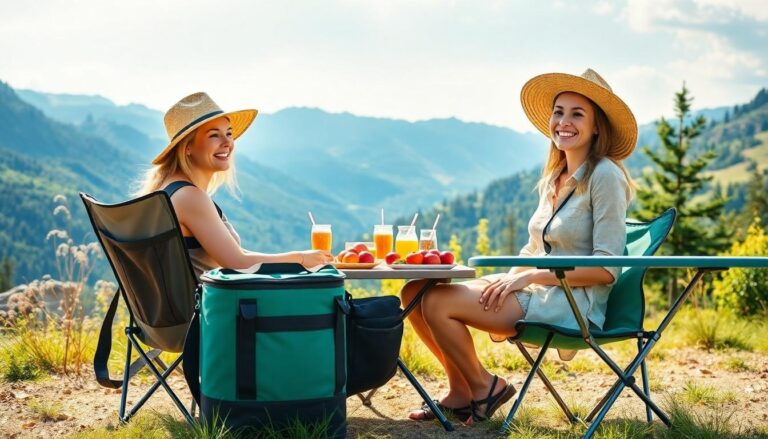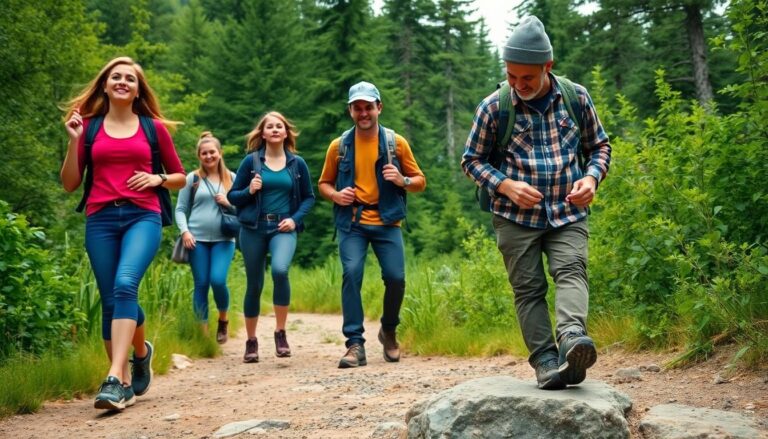In a world overflowing with selfies and filtered snapshots, outdoor lifestyle photography stands out like a rare gem in a sea of glitter. It’s not just about capturing moments; it’s about telling stories that make viewers feel the sunshine on their skin and the breeze in their hair. Whether it’s a hiker conquering a mountain peak or a family enjoying a picnic in the park, these images evoke a sense of adventure and freedom that’s hard to resist.
Outdoor Lifestyle Photography
Outdoor lifestyle photography captures authentic, meaningful moments in nature. This genre showcases the beauty of adventure, bringing stories to life through dynamic imagery.
Definition and Importance
Outdoor lifestyle photography focuses on real-life experiences in natural settings. It emphasizes candid moments, portraying the essence of adventures such as hiking, camping, or enjoying outdoor activities. This approach resonates distinctly with viewers, promoting a deeper connection with nature. People relate to these images, experiencing joy and inspiration. Creating an emotional bond, this genre encourages others to cherish their surroundings and explore their own outdoor adventures.
Key Elements of Outdoor Lifestyle Photography
Key elements define outdoor lifestyle photography. Natural lighting plays a crucial role, enhancing colors and textures while adding depth to images. Composition significantly impacts storytelling, guiding viewers’ eyes through scenes. Engaging subjects, like friends enjoying a day outdoors or families sharing laughter, create relatable narratives. Background elements, such as mountains, forests, or rivers, enrich visuals, reinforcing the theme of connection with nature. These components blend to create captivating photographs that inspire viewers to appreciate outdoor experiences.
Equipment for Outdoor Lifestyle Photography
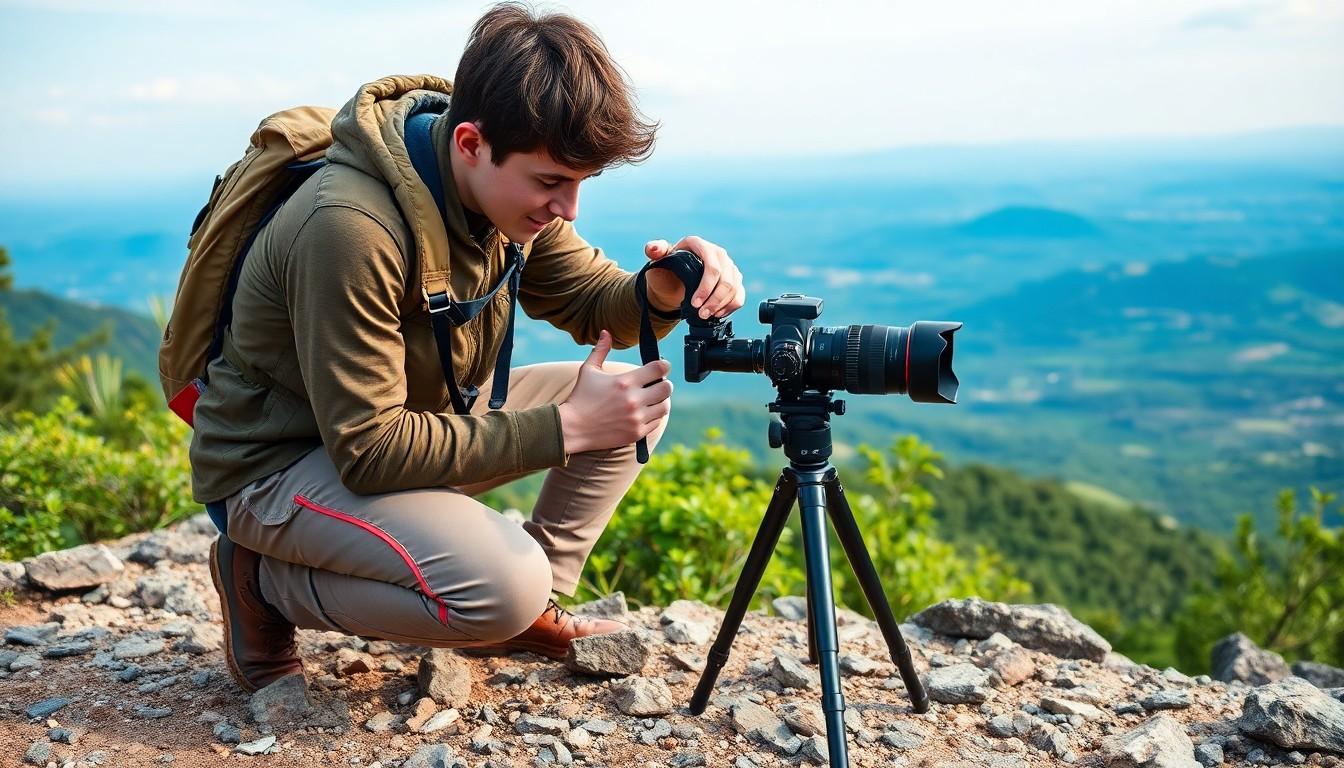
Selecting the right equipment enhances outdoor lifestyle photography. The following gear forms the foundation for creating stunning images in natural settings.
Camera Gear Essentials
Camera choice greatly affects image quality. DSLRs and mirrorless cameras perform well in various lighting conditions. A weather-sealed body withstands outdoor elements. Tripods stabilize shots, especially in low light or windy situations. Additional items like extra batteries and storage cards ensure uninterrupted shooting during adventures.
Recommended Lenses
Versatile lenses significantly impact creative expression. A wide-angle lens captures expansive landscapes and dynamic scenes. Standard zoom lenses offer flexibility, perfect for varying compositions. Prime lenses excel in low light, delivering sharp and vibrant images. Telephoto lenses bring distant subjects closer, ideal for wildlife or candid moments in nature. Each lens contributes uniquely to storytelling in outdoor lifestyle photography.
Techniques for Capturing Great Outdoor Lifestyle Photos
Capturing great outdoor lifestyle photos requires attention to detail in lighting and composition. These elements significantly contribute to the storytelling aspect of the images.
Natural Lighting Tips
Natural lighting enhances the mood of photos. Shooting during golden hour, shortly after sunrise or before sunset, produces soft, warm tones. Adjusting camera settings to account for varying light conditions ensures well-exposed images. Positioning subjects to benefit from sidelighting adds depth and dimension. Using reflectors can help redirect light onto the subject, illuminating details that enhance the scene. Avoiding harsh midday light prevents unflattering shadows and overexposed highlights. For cloudy days, embrace the diffused light, which creates soft shadows, ideal for portrait photography.
Composition and Framing Strategies
Composition plays a crucial role in directing the viewer’s eye. Utilizing the rule of thirds positions subjects off-center, promoting balance and interest. Experimenting with angles, such as low or high perspectives, adds uniqueness to images. Leading lines draw attention to subjects, guiding viewers through the scene. Incorporating foreground elements creates a sense of depth, enhancing the overall visual appeal. Framing subjects using natural elements like trees or rocks adds context to the scene. Continuous evaluation of backgrounds ensures distractions are minimized, allowing the subject to stand out clearly.
Editing and Post-Processing
Editing and post-processing play a crucial role in outdoor lifestyle photography, enhancing images and refining storytelling. Utilizing the right software streamlines the editing process and elevates visual impact.
Best Software for Editing
Adobe Lightroom stands out as a top choice for its user-friendly interface and powerful editing tools. Capture One offers advanced color grading capabilities, appealing to professionals seeking precision. Photoshop complements these programs, allowing for intricate adjustments and retouching. Other options like Luminar and Affinity Photo provide solid alternatives, each with unique features and ease of use. Photographers often choose software based on specific needs, ensuring efficient workflows and desirable results.
Common Techniques for Enhancing Outdoor Photos
Adjusting exposure levels conveys the right mood in each shot. Applying the rule of thirds directs viewers’ attention to the subject by positioning it off-center. Utilizing color correction enhances vibrancy, making scenes more visually appealing. Cropping adjusts the composition, removing distractions and focusing on the main subject. Sharpening images contributes to overall clarity, highlighting intricate details. Using filters during editing can create vibrant contrasts and enhance textures, ensuring the outdoor beauty shines through.
Building a Portfolio in Outdoor Lifestyle Photography
Building a strong portfolio in outdoor lifestyle photography showcases the photographer’s unique vision and skills. A well-curated selection of images attracts potential clients and establishes one’s artistic identity.
Selecting Your Best Work
Curating the best images involves assessing each photo for emotional impact and storytelling. Prioritizing photos that evoke feelings connects viewers to experiences. Highlighting variety, including different activities and subjects, adds depth to the portfolio. Choosing images with compelling compositions and rich natural lighting enhances overall appeal. Reviewing work periodically enables photographers to keep content fresh and aligned with their evolving style.
Strategies for Showcasing Your Photography
Presenting outdoor lifestyle photography effectively increases visibility. Utilizing social media platforms like Instagram and Pinterest allows for targeted audience engagement. Creating a cohesive theme across posts ensures a distinctive online presence. Engaging in photography communities fosters connections and encourages feedback. Participating in exhibitions showcases work to a broader audience, while building a dedicated website creates a professional front. Consider using email newsletters to share updates, projects, and insights, keeping followers informed and involved.

